Subscribe to receive the latest blog posts to your inbox every week.
By subscribing you agree to with our Privacy Policy.
Over time, there has been a significant shift in how people give gifts to their near and dear ones, with more individuals choosing gift cards over cash. This trend has now extended to corporate gifting also, with organizations preferring to incentivise and reward employees with gift cards. This trend can be attributed to various factors such as convenience, personalization, security, flexibility, budgeting, and specific purchases. Additionally, the growth of e-commerce has played a crucial role in driving the gift card industry; the recipient can order their gift from the comfort of their home. Based on the research conducted by researchandmarkets.com, the estimated value of the Indian Gift Card Market is USD 36.16 Bn in 2023 and is projected to grow at a CAGR of 12.64% to reach USD 65.57 Bn by 2028.
Gift cards are considered by modern fintech startups and established large companies as the most efficient method to incentivize their sales channels, vendors, business partners, and employees. Additionally, gift cards are used to reward customers for their loyalty.
To keep up with the growing demand for gift cards, businesses are exploring ways to modernize their traditional gift card offerings by incorporating new technology and platforms. This may involve expanding their range of gift card options and adopting innovative technologies to streamline the gift card purchase and redemption process.
The types of gift cards can be categorized as follows:
Customers can purchase a gift card online or offline from retail stores/ businesses. Once the card is purchased, it can be activated either by the purchaser or the recipient, depending on the issuer’s policy.
To use a gift card, the recipient presents the card at the time of payment either in-store or online. The available balance on the card is then applied toward the total purchase amount. If the purchase amount exceeds the card’s balance, the recipient may be required to pay the remaining balance using another payment method.
For example, if a person has an INR 500 gift card to a clothing store and they buy a shirt that costs INR 300, the remaining balance of INR 200 will still be available for future purchases. However, if the person buys an item that costs INR 600, they can use the gift card to pay for INR 500 of the total amount and then pay the remaining INR 100 with a UPI or credit card, or cash.
It’s important to note that some gift cards have expiration dates or fees associated with them, which vary depending on the issuer’s policies.
Gift cards can be a valuable tool for businesses in several ways:
Overall, gift cards can be a powerful marketing and sales tool for businesses, as they can encourage customer loyalty, attract new customers, and increase revenue.
CARD91 offers an API-driven technology that enables businesses to effortlessly modify their current gifting solutions or create a new gifting tool for their employees, clients, vendors, or customers to enhance their sales. If you are interested in discovering more about CARD91’s products and services, do reach out to us at sales@card91.io and we will be happy to help you.
To know more about our offerings connect with our experts




Sales: sales@card91.io
HR: careers@card91.io
Media: comms@card91.io
Support: support@card91.io